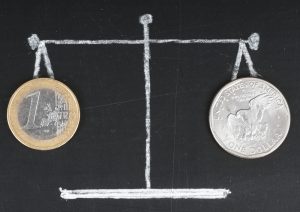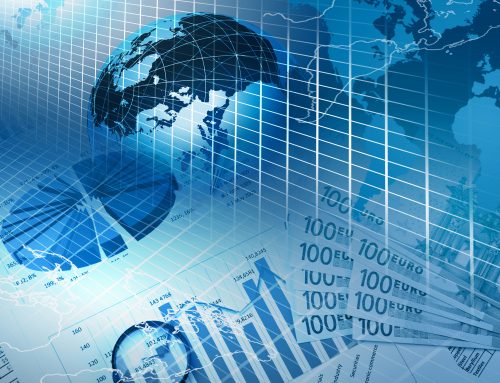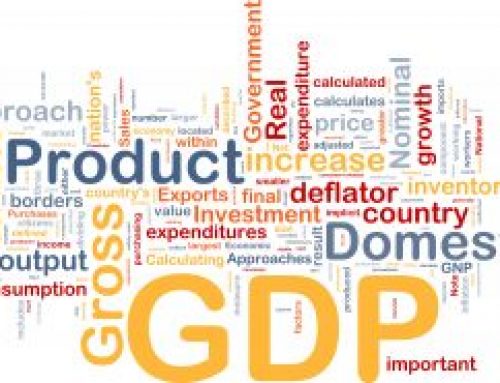 After reaching a 2-year high of $1.40 in May of 2014, the euro has begun a steady march downwards as dismal economic conditions continue to plague the Eurozone countries. Meanwhile, the dollar is poised to rise as the economy here strengthens and the Fed is expected to begin raising interest rates later this year. Given these conditions, analysts at Deutsche Bank and Goldman expect the dollar and the euro to reach parity by 2017.
After reaching a 2-year high of $1.40 in May of 2014, the euro has begun a steady march downwards as dismal economic conditions continue to plague the Eurozone countries. Meanwhile, the dollar is poised to rise as the economy here strengthens and the Fed is expected to begin raising interest rates later this year. Given these conditions, analysts at Deutsche Bank and Goldman expect the dollar and the euro to reach parity by 2017.
Dollar Strength and Euro Weakness
The US is finally beginning to climb out of the crippling recession and sluggish growth it has experienced over the last several years. Speculation points to a rise in the Federal funds rate as GDP is expected to hit 3% in 2015, and unemployment falls below 6%. Gasoline prices are dropping. Meanwhile, Europe has been struggling for some years now, particularly countries such as Portugal, Greece, and Ireland. In more recent years, France has proven to be a drag on the collective economic performance of the region. The ECB is expected to embark on a quantitative easing program as the US did earlier on in the downturn. Interest rates will likely remain low and investors will look for higher yields elsewhere. While a bond-buying program could allay some of the euro’s decline, it is the overall growth of the region that analysts are bearish about. Some analysts point to the huge trade surplus dragging the euro down further. Usually a boon for currency, the trade surplus coupled with low growth will not spell relief. Goldman analysts are particularly bearish:
“Because we believe the dynamics of the euro have fundamentally changed and because we expect cyclical outperformance of the US, a prolonged period of euro undervaluation can be expected.”
Recent dips in the euro could stem from fears of the upcoming election in Greece possibly leading to that country’s exit from the Eurozone. Some say the trend toward a higher dollar could be prolonged:
“In currencies once a market gets going it tends to move in the same direction for months, if not years. The beauty of the current trend in the US dollar is that it is not just technical – fundamentals support a higher dollar.”
Investors in US assets and the dollar will reap the benefits. Consumers will likely see European travel as more attractive after years of unfavorable exchange rates. However, the news isn’t all bad for Europe. Lower currency rates can make exports more attractive and reduce inflationary pressures. For now, however, the news is excellent for the US dollar and economy.





